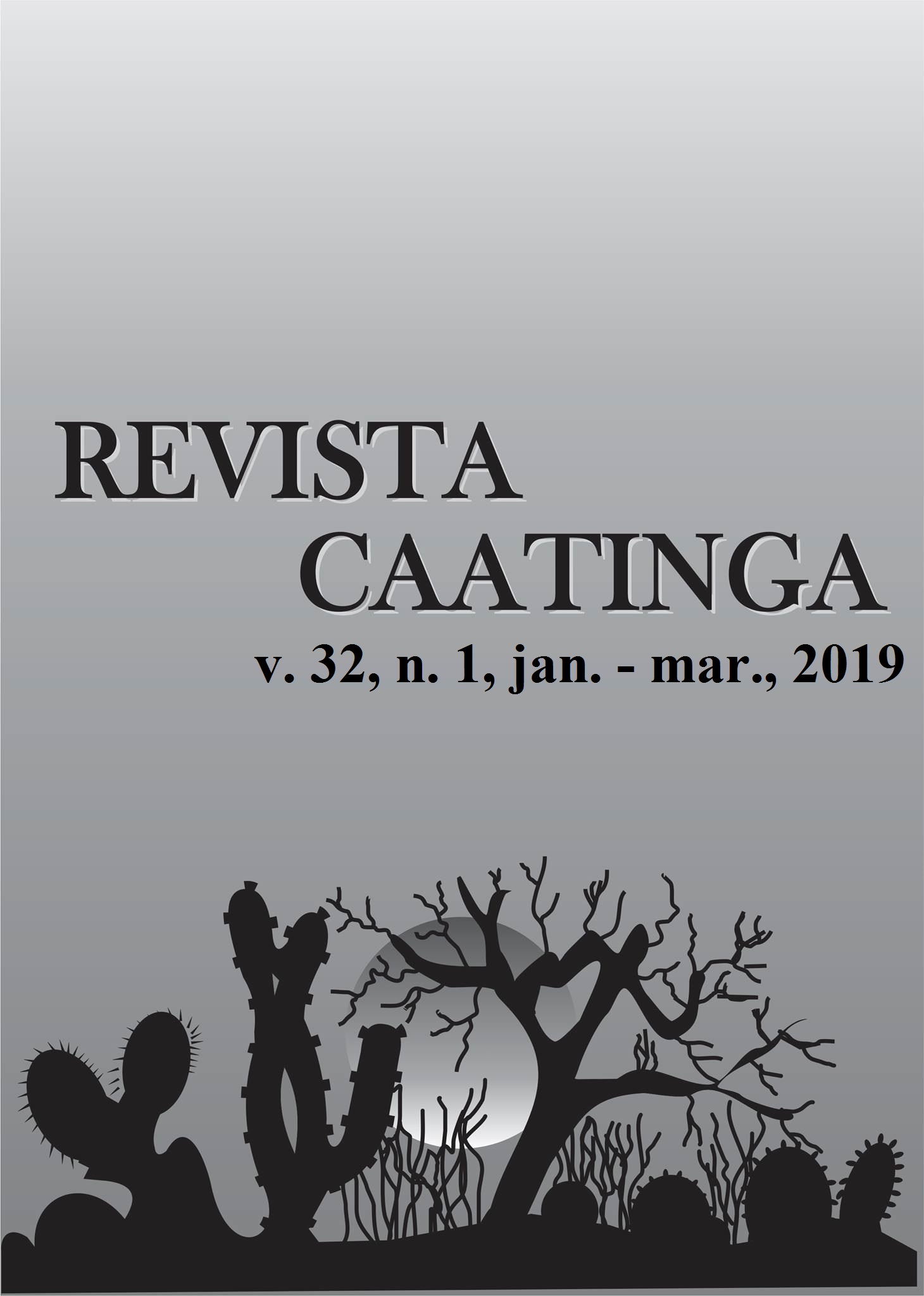TOXICITY OF Esenbeckia pumila Pohl (Rutaceae) ON Artemia salina AND Atta sexdens rubropilosa
DOI:
https://doi.org/10.1590/1983-21252019v32n111rcKeywords:
Phytochemical study. Natural botanical products. Insecticidal activity.Abstract
The number of studies on plant compounds with insecticidal activity has increased in recent years, and one of the primary targets of these compounds is leaf-cutter ants, which are considered the most important pests in Brazilian plantations, especially ants of the genus Atta. The objective of this study was to evaluate the toxic activity of the crude extract and fractions of the leaves of Esenbeckia pumila Pohl (Rutaceae) on Artemia salina and Atta sexdens rubropilosa and to perform a phytochemical study of this plant species. The toxicity of the extract and fractions was evaluated by determining the mean lethal concentration (LC50) on A. salina. The insecticidal activity was evaluated by feeding the ants an artificial diet containing the crude extract or fractions, and the results were analyzed using the log-rank test. The substances were isolated by chromatography, and the molecular structure was determined by spectroscopy. In the bioassay with A. salina, the ethanol extract and dichloromethane and ethyl acetate fractions were highly toxic. The analysis of survival curves indicated that the mortality rate of A. sexdens rubropilosa workers fed different fractions was higher than that of ants fed the control diet, especially the ethyl acetate fraction, with a mean survival time of 3 days and cumulative mortality of 100% on day 21 (p<0.05). The phytochemical study of this plant species allowed isolating the flavonoid rutin and a mixture of the triterpenes α-amyrin, β-amyrin, and lupeol. These results suggest the insecticidal potential of E. pumila on Atta sexdens rubropilosa.
Downloads
Downloads
Published
Issue
Section
License
Os Autores que publicam na Revista Caatinga concordam com os seguintes termos:
a) Os Autores mantêm os direitos autorais e concedem à revista o direito de primeira publicação, com o trabalho simultaneamente licenciado sob a Licença Creative Commons do tipo atribuição CC-BY, para todo o conteúdo do periódico, exceto onde estiver identificado, que permite o compartilhamento do trabalho com reconhecimento da autoria e publicação inicial nesta revista, sem fins comerciais.
b) Os Autores têm autorização para distribuição não-exclusiva da versão do trabalho publicada nesta revista (ex.: publicar em repositório institucional ou como capítulo de livro), com reconhecimento de autoria e publicação inicial nesta revista.
c) Os Autores têm permissão e são estimulados a publicar e distribuir seu trabalho online (ex.: em repositórios institucionais ou na sua página pessoal) a qualquer ponto antes ou durante o processo editorial, já que isso pode gerar alterações produtivas, bem como aumentar o impacto e a citação do trabalho publicado (Veja O Efeito do Acesso Livre).







